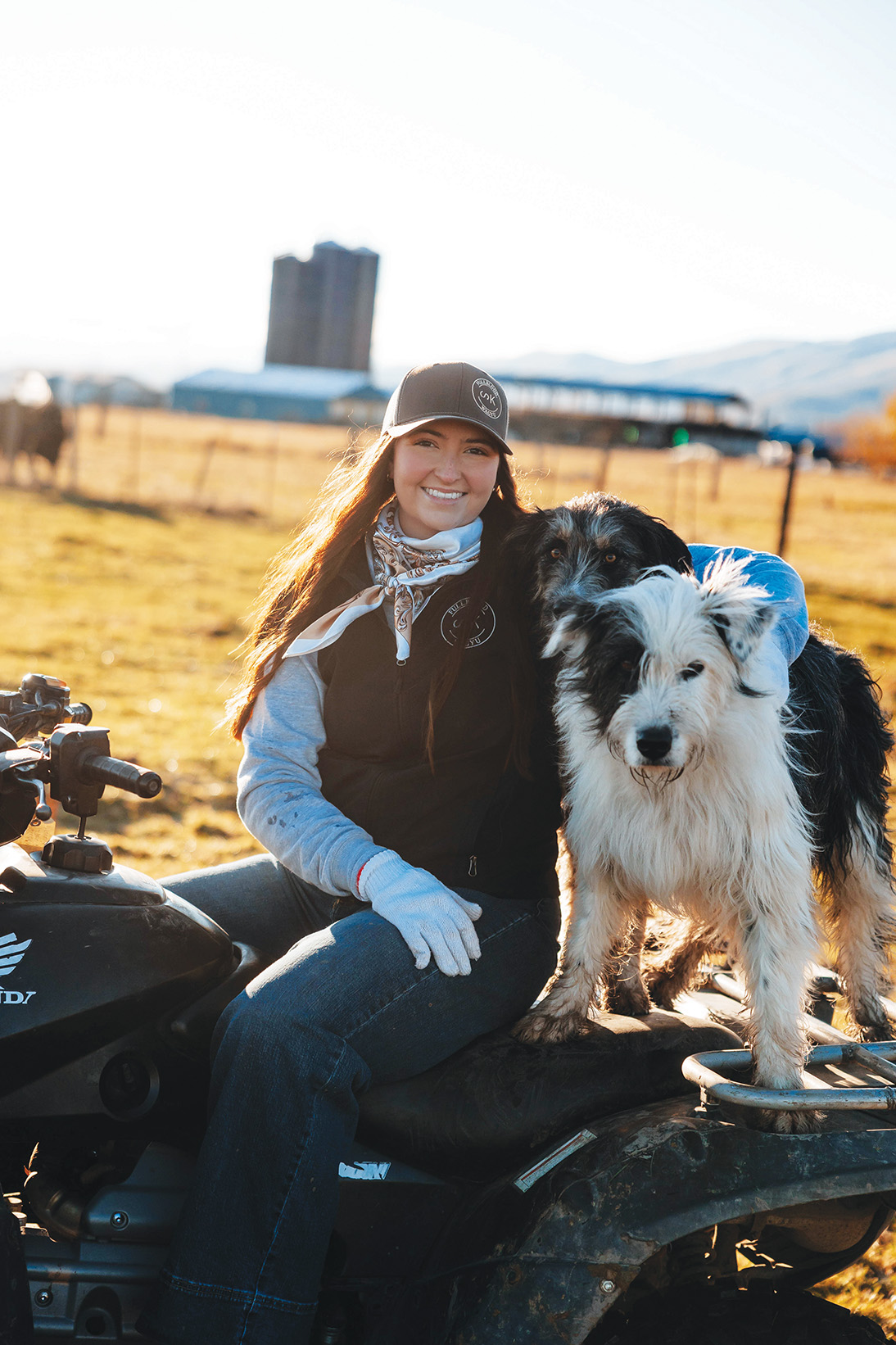Forest Service ends ban on logging large trees
Published 3:00 pm Monday, January 18, 2021
A federal official has decided to cancel a rule that has banned the cutting of large live trees on national forests east of the Cascades in Oregon since 1995.
Trending
The new policy, signed Jan. 12 by Jim Hubbard, undersecretary for natural resources and environment for the U.S. Department of Agriculture, replaces what’s known as the ‘21-inch” rule.
That rule has restricted, with rare exceptions such as for public safety, the cutting of live trees larger than 21 inches in diameter measured four and a half feet above the ground.
Forest Service officials proposed in June 2020 to replace the 21-inch rule with a new policy that will apply on the Wallowa-Whitman National Forest in Northeast Oregon, as well as five other national forests — Ochoco, Umatilla, Deschutes, Fremont-Winema and Malheur. The rule change affects almost 10 million acres of public land.
Trending
The size of the affected area is one reason Rob Klavins objects not only to the new policy itself, but also the method by which the Trump administration went about making it.
Klavins is the Northeast Oregon field coordinator for Oregon Wild, one of four environmental groups that lobbied the Forest Service in August to study the potential effects of the change in an environmental impact statement rather than the less detailed environmental assessment the agency has conducted.
Critics have argued that allowing widespread cutting of large trees will harm wildlife species that depend on mature forests.
“We think this is wrong both in process and in substance,” Klavins said on Monday, Jan. 18. “It eliminates protection entirely for most large and mature trees.”
In a press release announcing that Hubbard had signed a document establishing the new policy, Glenn Casamassa, Pacific Northwest regional forester for the Forest Service, said the policy includes a system for monitoring its effects.
“This decision will help us to better manage forests for wildfires and other disturbances, and to protect old trees that are hard to replace once lost,” Casamassa said in the press release.
Forest Service officials contend that removing the 21-inch rule will give the agency more flexibility in managing forests to reduce the risk of wildfires that can kill all ages of trees, including the older, bigger trees the former rule was meant to protect.
According to the decision notice that Hubbard signed, the new policy states that forest managers “should retain and generally emphasize recruitment of old trees and large trees, including clumps of old trees.”
The notice also states that “management activities” (which can include logging) should put a priority on “old trees for retention and recruitment.”
The Forest Service defines old trees as those that have “external … characteristics that suggest an age” of 150 years or more.
The agency defines large trees as grand firs or white firs 30 inches or larger in diameter, and other species that are 21 inches or more in diameter.
Forest Service officials say that over the past century or so the composition of eastside forests have changed, with more firs, which are more susceptible to fires, insects and disease, and fewer ponderosa pines.
Klavins said Oregon Wild officials haven’t decided whether to file a legal challenge to the new policy.
“We’re going to look at all our options,” he said.
Klavins said he will lobby Oregon’s two U.S. senators, Democrats Ron Wyden and Jeff Merkley, to push the new Biden administration to overturn the decision and restart the process.
Klavins said he is concerned that the incoming administration might be so overwhelmed with tasks that the elimination of the 21-inch rule will not be a high enough priority to be addressed.
He called it “really egregious” that the Trump administration would do away with the logging restriction less than a week before Biden is inaugurated.
Klavins contends that “going back to the bad old days of arguing about whether to log old growth” trees will not result in healthier forests, and that it takes the debate over proper management of public forests in the “wrong direction.”
Arvid Andersen, a private forestry consultant from Baker City, said in an interview in August that he believes eliminating the 21-inch limit would give the Forest Service more flexibility in its effort, in conjunction with Baker City, to thin some of the forests in the city’s watershed and thus reduce the wildfire danger.
Andersen, who also served on the Baker City Council until his term ended Dec. 31, 2020, describes the 21-inch limit as “arbitrary” and said he believes it has contributed to the severity of some wildfires by restricting the Forest Service’s ability to thin forests and reduce the fuel load.
“You can cut all the little trees you want but you’ve got to get that fuel loading down,” Andersen said in August.
He said he doesn’t advocate for wholesale removal of large trees, but he believes the Forest Service should have more flexibility.
Klavins contends that the Forest Service can reduce the fire danger by cutting smaller trees in areas close to homes and towns.









